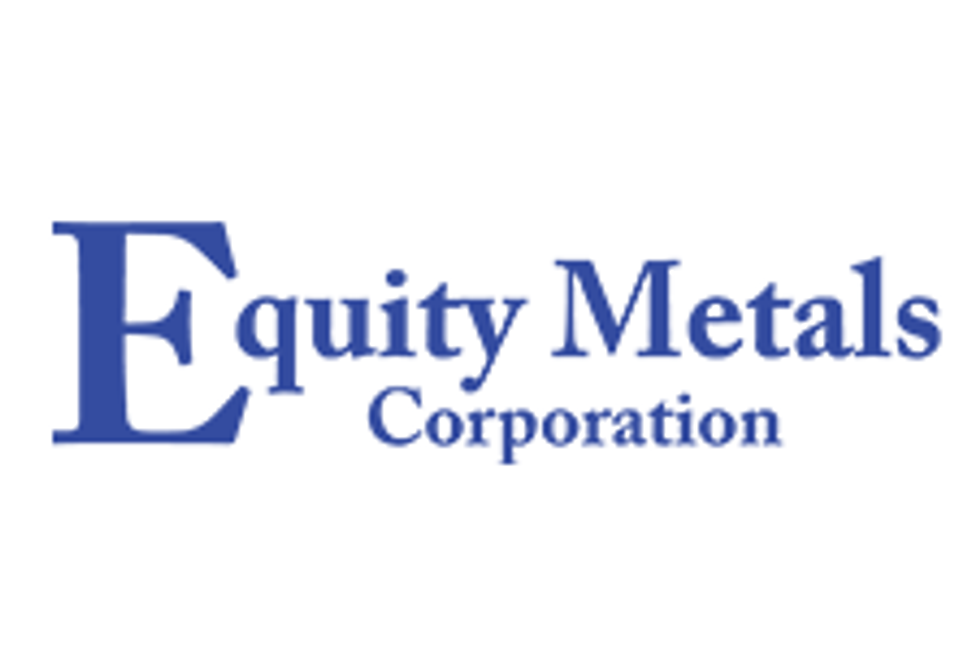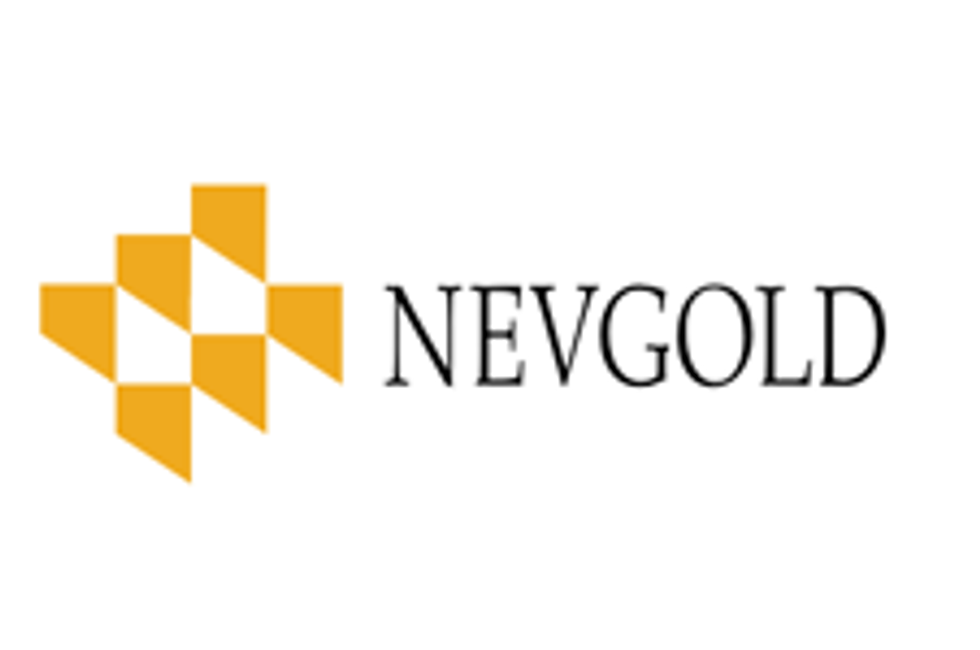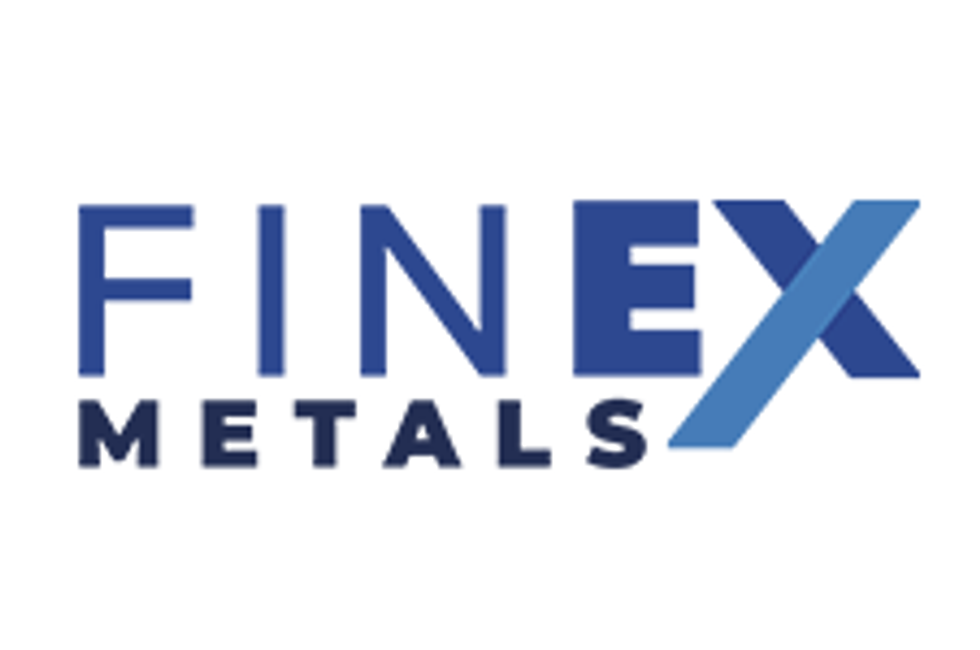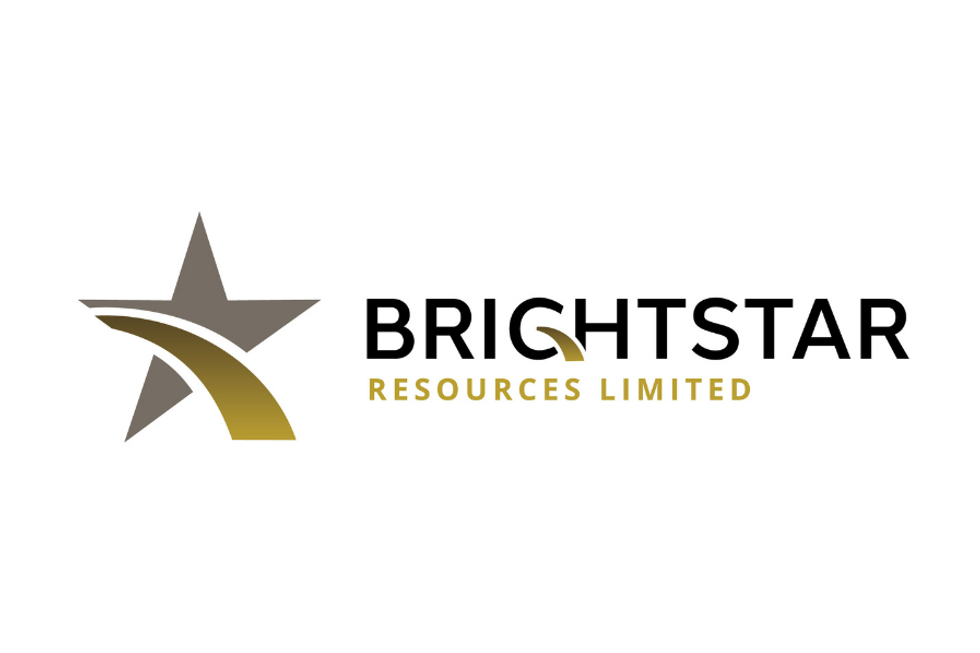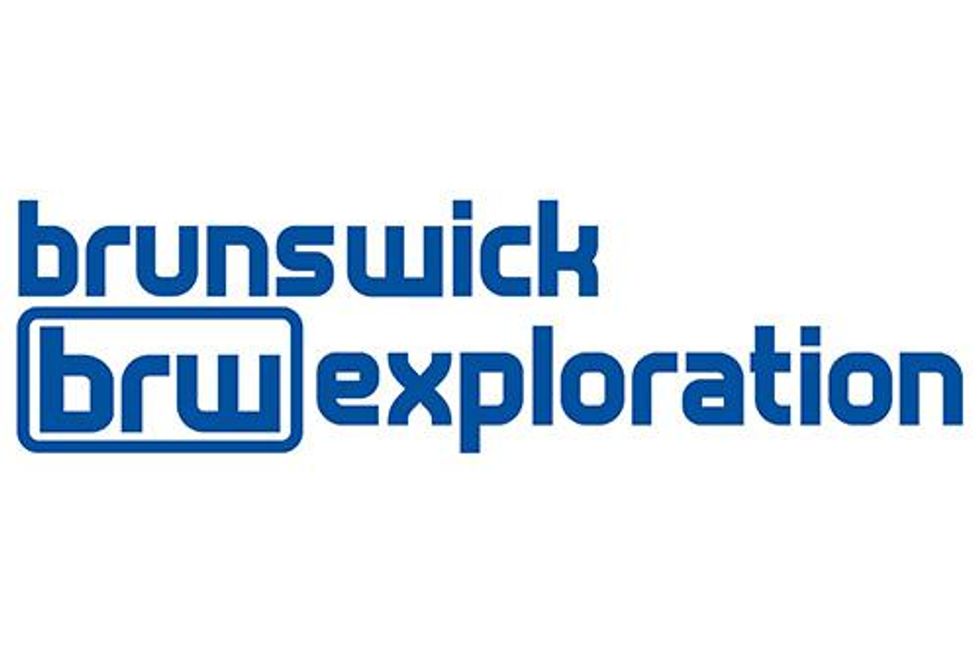Large-scale Exploration, Significant Discovery Potential in Quebec and Alaska
Overview
Many exploration companies focus on making discoveries by acquiring and drilling properties where historical mines had previously operated, or where other occurrences have been known about. However, one company suggests that a significant opportunity exists to make completely new greenfields discoveries through large-scale systematic exploration in otherwise under-explored regions of world-class mining districts.
Kenorland Minerals Ltd. (TSXV:KLD,OTCQX: NWRCF,FSE: 3WQ0) is a Canada-based mineral exploration company that is focused on making new discoveries through large-scale early-stage exploration within Quebec and Alaska, two of the world's most geologically prospective mining jurisdictions. The company is led by an experienced team of geoscientists with a deep understanding of mineral systems and exploration methodology. Kenorland's approach to exploration is simple: Identify under-explored areas within proven mineral districts, acquire large land positions covering prospective geology, and carry out large-scale, systematic exploration to screen these areas for new mineral deposits. The approach is not novel but the scale at which the company is exploring sets them apart from their peers. The company currently holds and is exploring over 400,000 hectares of ground in these world renowned jurisdictions.
Kenorland Minerals' Company Highlights
- Well-funded with over $9,500,000 cash in the treasury.
- Tight share structure with large insider ownership and strong long term shareholders including Quebec-based institutional funds and well-known financiers including John Tognetti and Paul Stephens.
- Exposure to a vast portfolio of exploration ground with over 400,000 hectares of mineral tenure within Alaska, Quebec and Manitoba.
- Earn-in agreements with Sumitomo Metal Mining and Newmont Corporation funding exploration on greenfields projects in Quebec.
- The company recently made a major gold discovery in Quebec in an area with no known previous exploration. Initial scout drilling in early 2020 intersected 29.08 meters at 8.47 g/t gold and 11.13 meters at 18.43 g/t gold. Drilling continuing in Q1 2021.
- Significant discovery potential on the Healy property which covers a newly recognized large-scale gold system in the Goodpaster district of Alaska. Initial diamond drill testing in Summer 2021.
- Further significant discovery potential on Kenorland's 100 percent owned Tanacross Project, located in eastern Alaska, which covers a significant cluster of porphyry copper-gold systems. Drilling planned for Summer 2021.
- A total of three projects being drill tested in 2021 as well as a pipeline of additional projects being advanced through systematic exploration. Continual project generation and evaluation of new opportunities.
- Kenorland acquired district-scale land package in Ontario's Birch-Uchi Greenstone Belt by staking, 65,657 hectares of mineral claims.

